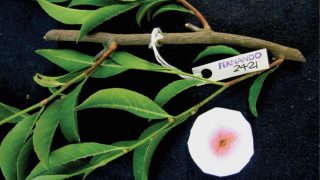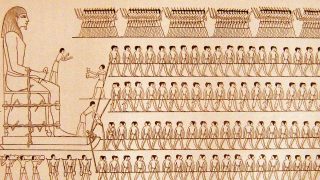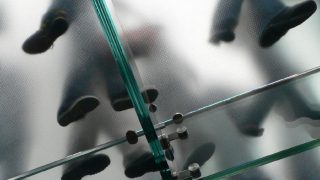
Private health insurance: adverse or propitious selection?
This month I present the winner article of the Royal Economic Society Prize 2013 to the best non-solicited paper published in the Economic Journal. The authors are Pau Olivella and Marcos Vera-Hernández. One of the first predictions in the study of Economics of Information is the presence of the “adverse selection” phenomenon. The seminal paper […]








